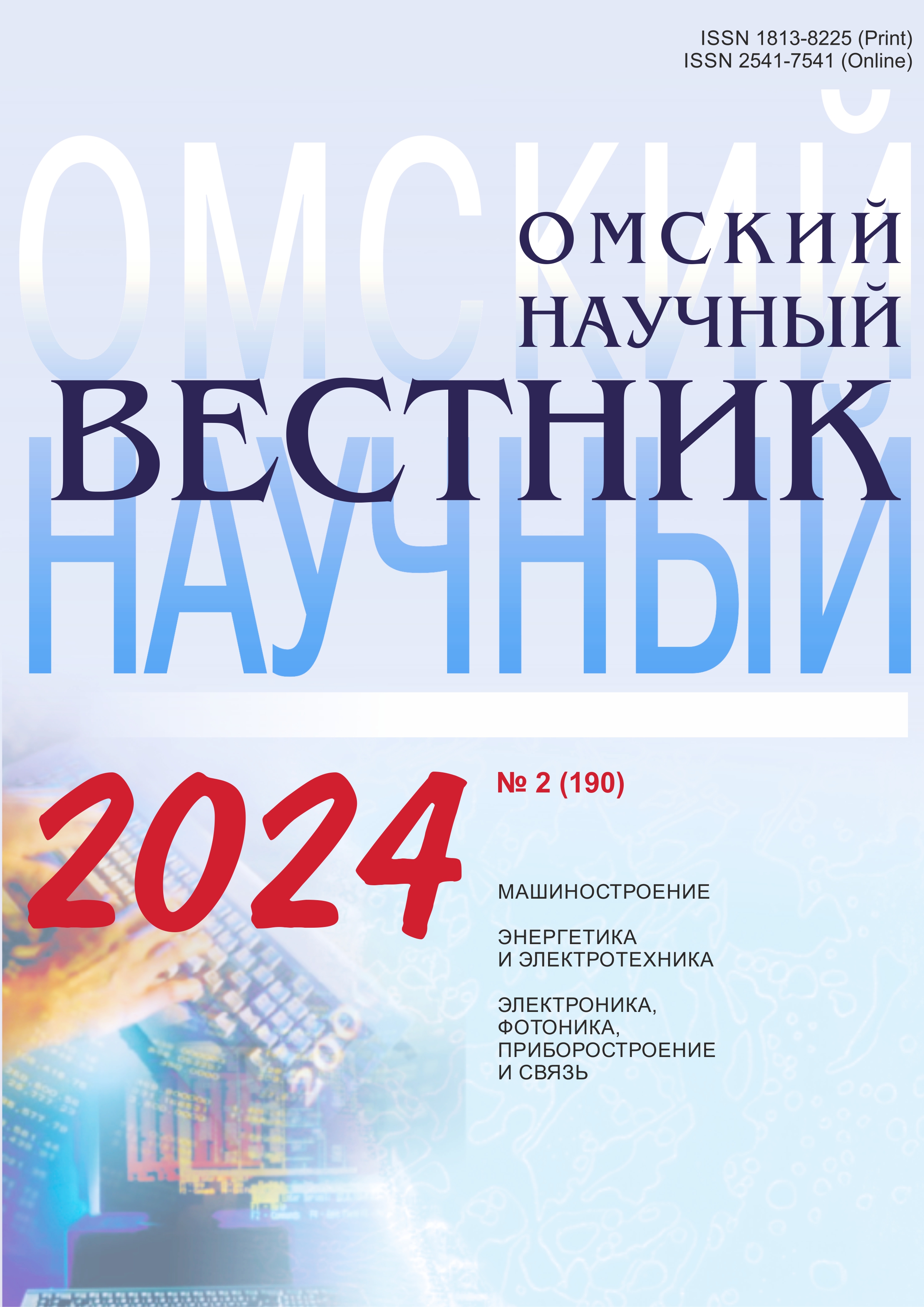The use of the methodological base of the study to determine the conduction of low-frequency electromagnetic interference according to the coefficient of the n-th harmonic component of the voltage
DOI:
https://doi.org/10.25206/1813-8225-2024-190-77-86Keywords:
quality of electric energy, higher harmonics, conductive interference, mathematical statistics and probability theory, the coefficient of the n-th harmonic component of stressAbstract
With the help of the methodological base of the study (the foundations of probability theory and mathematical statistics), the processing of the experiment conducted at the research object is carried out. This object is the mechanical workshop of CJSC Sibgazstroydetal, which is engaged in providing for the needs of the gas, oil and energy industries. In this paper, the issue of determining the conductive low-frequency electromagnetic interference (EMI) by the coefficient of the n-th harmonic component of the voltage (KU(n)) is studied in detail. Harmonic distortion is a constant phenomenon in electrical networks. Higher harmonics have a negative impact on the electrical network, including on electric consumers (reduced service life, productivity, etc.). The problem of non-sinusoidal voltages has been studied for quite a long time and the results obtained during these studies confirm the presence of a large number of damages to electricity consumers who are in operation. The probability of occurrence of conductive low-frequency EMF by KU(n) at the research site is determined. The paper analyzes the results obtained with
the help of the conducted research. According to the results of the analysis, the relevant conclusions are presented.
Downloads
Published
How to Cite
Issue
Section
License
Non-exclusive rights to the article are transferred to the journal in full accordance with the Creative Commons License BY-NC-SA 4.0 «Attribution-NonCommercial-ShareAlike 4.0 Worldwide License (CC BY-NC-SA 4.0»)




